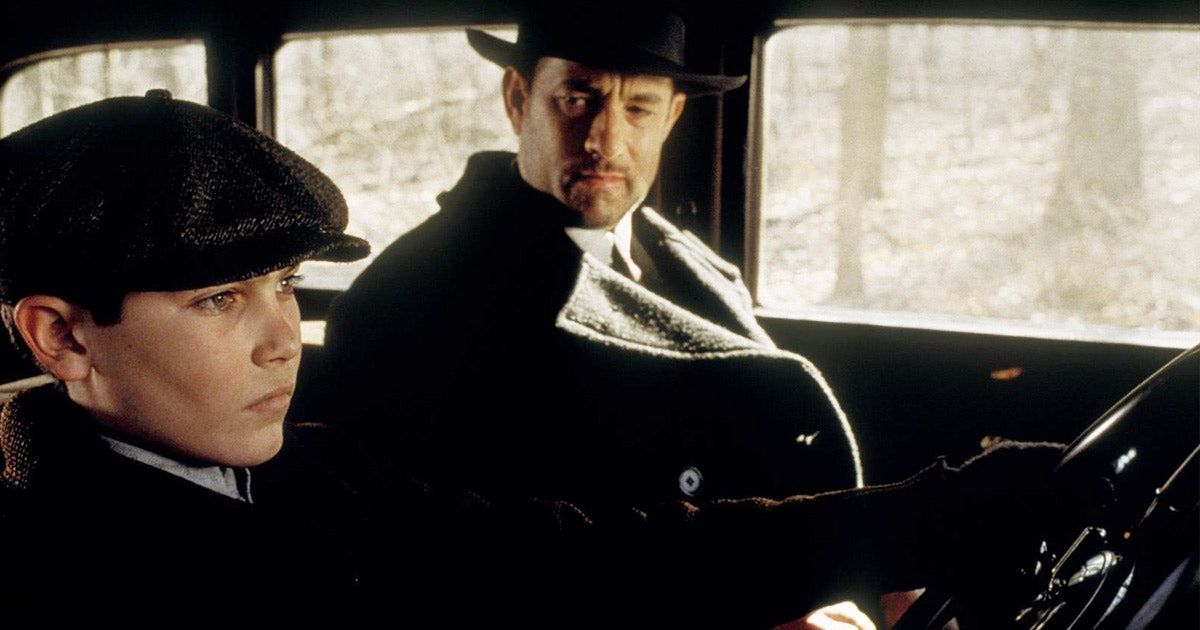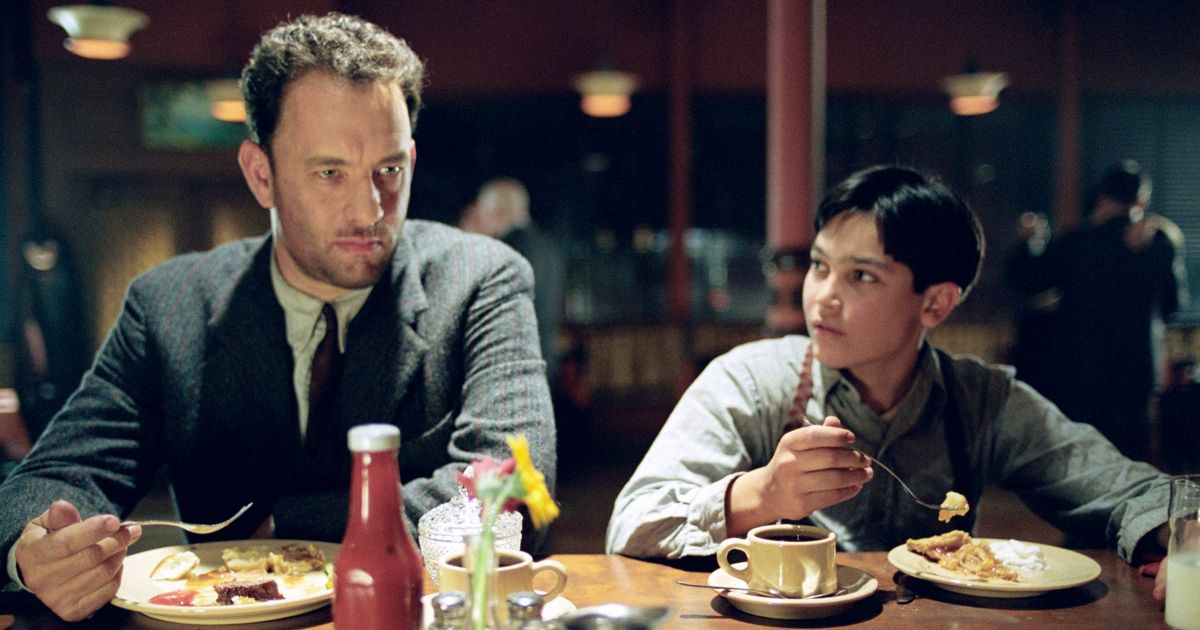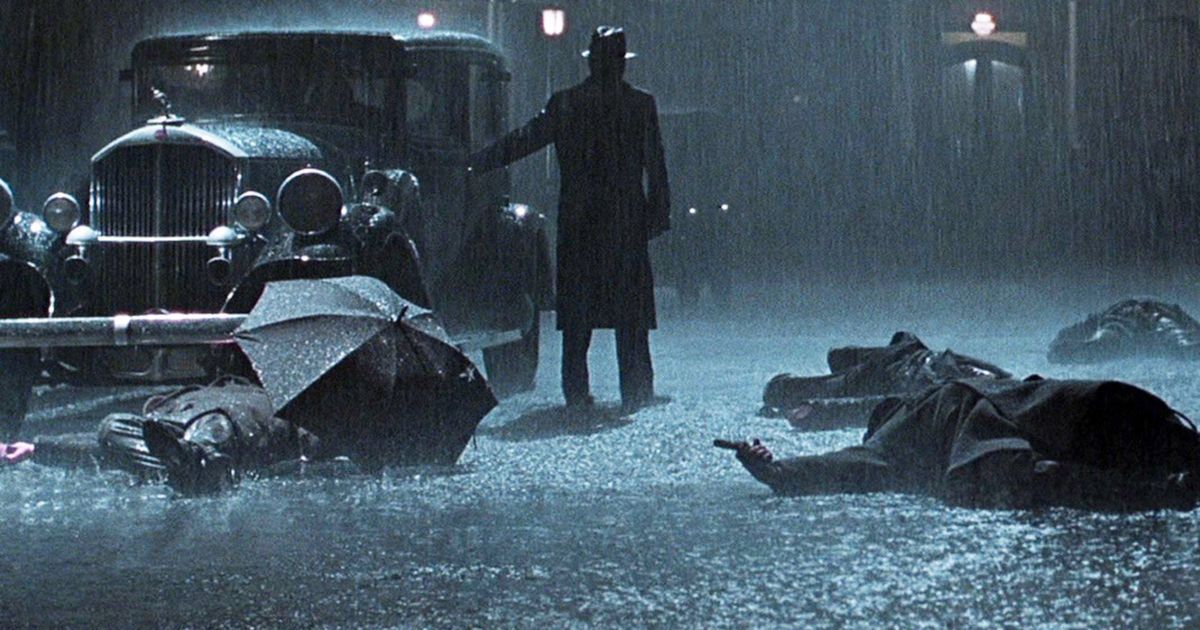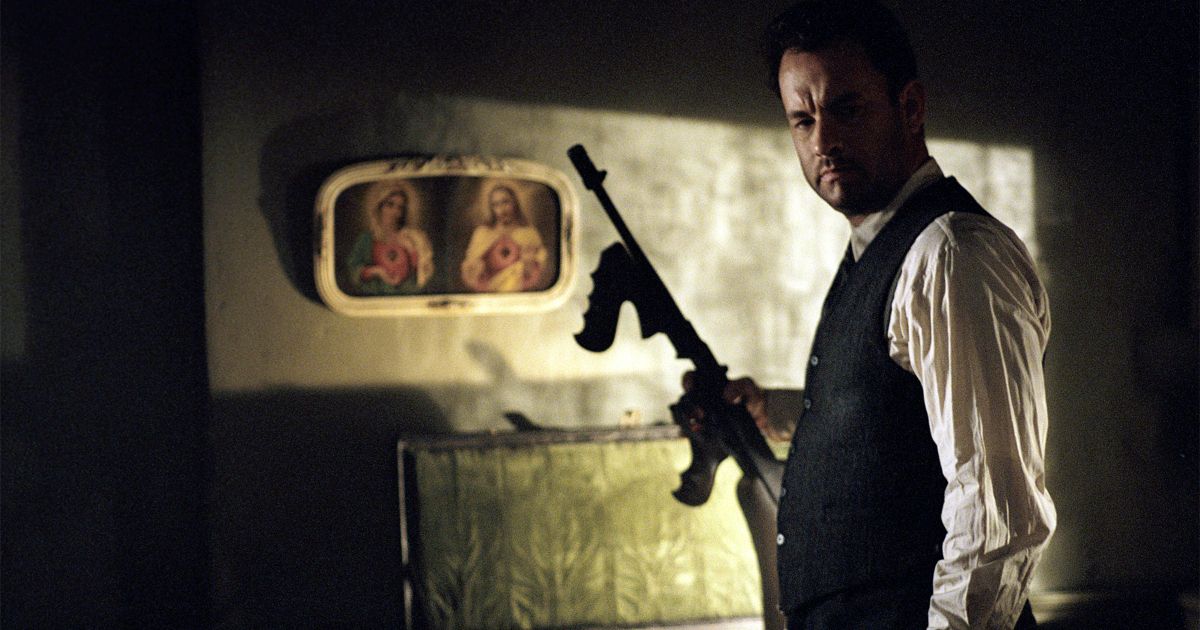Filmmakers have a habit of making going on the run look appetizing. Speeding off into the sunset, leaving a trail of exasperated cops in their wake with a trunk full of cash and the protagonist’s life still intact. Fleeing the law with incensed criminals is really just an excuse to drive recklessly, and occasionally stop off at a greasy roadside diner to allow the authorities to catch up. Few films have given a realistic representation of those on the run, who would most likely run out of clean pants and get a bad back from repeatedly sleeping in the car; God forbid the films where children accompany fugitives of the law. Where are the tantrums, the continual disobedience, the constant calls of “Are we there yet?”
Despite being perhaps unrealistic, 2002’s Academy Award-winning Road to Perdition is a compelling story of a father’s efforts to protect his son. As the movie turns 20 this year, let’s travel back down the familiar path to perdition and examine the film that continued director Sam Mendes’ rise to further directorial acclaim after 1999’s American Beauty…
Examining the Truth Behind the Road to Perdition
Set against the backdrop of the Great Depression of 1931, and the backend of the era of Prohibition, Road to Perdition has its roots loosely based on John Patrick Looney, a political fixer and mob boss who was a key figure and benefactor in the various illegal trades of the 1920s and 30s in Rock Island, Illinois. Controlling the illicit businesses in the area, including prostitution, gambling, racketeering, and bootlegging, Looney was both a man of great power and of considerable notoriety. When he killed William Gabel, he sparked a bloody gang war.
While David Self’s screenplay, based on Max Allan Collins’ novel of the same name, incorporates large segments of both fictionalized and dramatized accounts, including the protagonist, Mike Sullivan (Tom Hanks), and his son, there are some fascinating details that are very much taken from the real-life escapades of Looney and his son, Connor. References are made to Looney’s real newspaper business, Rock Island News, and certain events such as Connor’s murder have been included, albeit during a different period and by a different perpetrator.
Exploring Road to Perdition Cinematically and Thematically
Road to Perdition excels both thematically and cinematically. Staying true to what he called “Magic Naturalism,” legendary cinematographer and three-time Academy Award winner Conrad Hall utilized a disarmingly neutral color palette and atmospheric contrasting that makes the film's aesthetic feel so timeless. Road to Perdition was to be Hall’s last gift to the film industry, passing away just six months after its theatrical release, with his penultimate film, American Beauty, also a collaboration with Sam Mendes.
While the film draws upon elements of true crime, it’s the fabricated themes of Road to Perdition that are what make it such an enthralling and often poignant portrait of redemption, reconciliation, and revenge. Tom Hanks puts in a slow-burning yet thought-provoking performance as Michael Sullivan Sr., and the Philadelphia actor was by no means an obvious or particularly natural choice as a cold-blooded mobster; Hanks is an actor who usually plays the good guy. Yet the relationship he develops with Michael Jr. is one of a father driven by guilt, and an obsession with steering his son off the same course that he himself regrettably took. To top it off, the great Paul Newman portrays the real John Looney to perfection.
The Meaning of Perdition and the Chance at Salvation
There is something distinctively Ancient Greek about Mendes’ film; it sews narrative seeds that frequently foreshadow the fates of its characters like that of Greek mythology. There is a commonly explored theme of water and its use to signify death (and baptismal rebirth) — Michael Jr. witnesses Connor murdering Finn McGovern (Ciaran Hinds) in the pouring rain; Michael Sr. shooting Rooney and his mob dead on the street as water cascades down from above; Sullivan Sr.’s eventual demise while looking out across the calming, picturesque beach of (the fictional) Perdition, Michigan.
Ultimately, this is a film of a remorseless man’s inescapable trip to Perdition (which in Catholic terms, means Hell). As patriarchal mob boss John Rooney exclaims to Sullivan in a touchingly intense scene where they meet face-to-face again, “None of us will see heaven” – a hefty indictment on the pair's immoral misdealing’s that they both seem oddly indifferent to. The Road to Perdition is a film about Sullivan’s acceptance that salvation is simply out of the question, but that his redemption can come in the form of his son, and that Sullivan Jr. can not only be saved literally, but spared from a life of evil killing, and an unsalvageable route to Hell.




